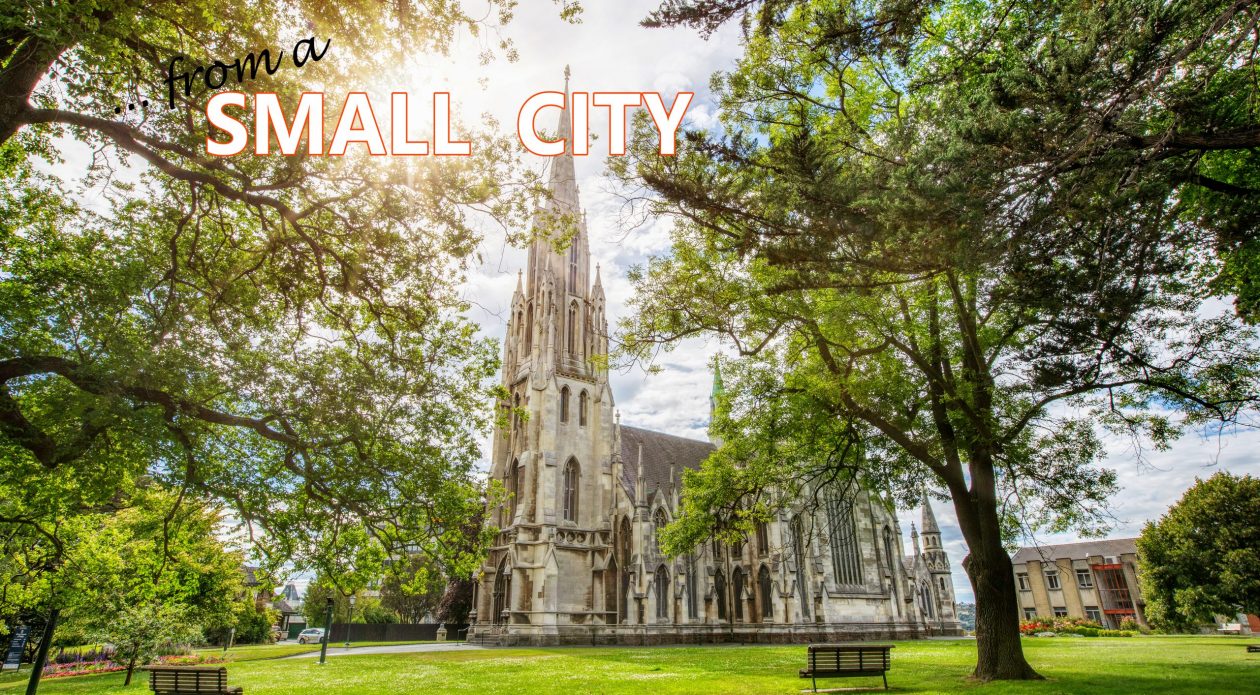 Track to the Blue Pools – Buy
Track to the Blue Pools – Buy
I drove on to Makarora, a place I hadn’t been to in over thirty years. In my early teens, as a family we had taken a holiday up the West Coast of the South Island and we’d stopped in places like Makarora and Haast. I vaguely recall staying in Haast, yet try as I might I couldn’t for the life of me remember visiting Makarora.
As I headed along Stage Highway 6 the sight of Lake Wanaka gave way to the braided Makarora River which starts life in the Southern Alps Mountain Range and flows into the head of Lake Wanaka. Before long I was passing farmland that had been saturated with recent rain and surrounded by peaks that formed part of the Southern Alps, arriving in the tiny settlement of Makarora West and Wonderland. This was going to be my base for the next few days, however upon arrival and after carefully studying a sign in the reception window I discovered that I was a tad early with check-in not available for several hours.
With a bit of time to spare, I pointed the car in the direction of the famous Blue Pools in the Mount Aspiring National Park and set off with the comforting thought that it was a sunny day and I could take my time. I had read that what makes the Blue Pools so striking is the deep, clear water that flows from the Makarora River. Tucked among mature beech and podocarp forest, it is listed as one of the Department of Conservations best short walks in New Zealand. So, you can imagine my disappointment when I arrived at the car park for the Blue Pools only to find a large sign saying the two swing bridges that lead to the Blue Pools were closed due to the bridges having reached the end of their life. It also went on to advise that while the track was open, access to the Blue Pools wasn’t possible. Not wanting to waste a good bush walk, the best I could figure was that a walk through the forest would still be nice and rivers are always pleasant to watch, so I happily set off following the track into the bush. For the next 20 minutes I ambled, I strolled and wandered, listening to the birds, eventually reaching the river and the first swing bridge which was in fact closed and impassable.
I had a look around the river bank for a while, the river was swift and a lovely turquoise colour which hinted at what the Blue Pools must be like. A sign on the bridge warned people not to attempt to cross the river. Clearly the Blue Pools would have to wait for another day. I found my way back to my car and headed back to Makarora and Wonderland.
 Lambton Quay In Wellington– Buy
Lambton Quay In Wellington– Buy 




























